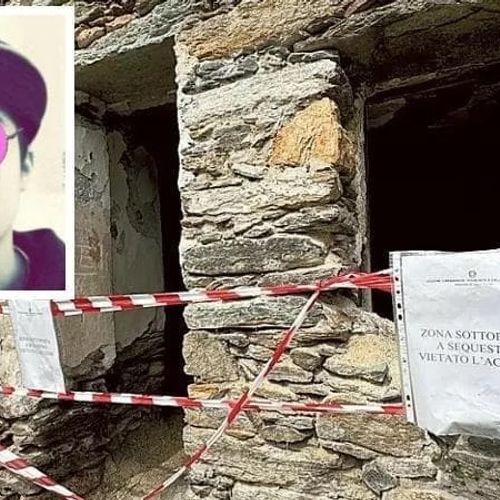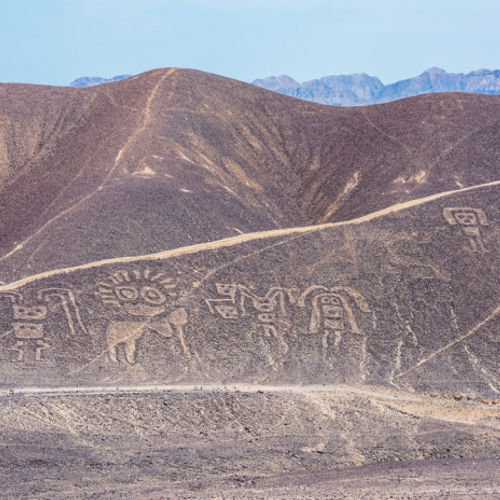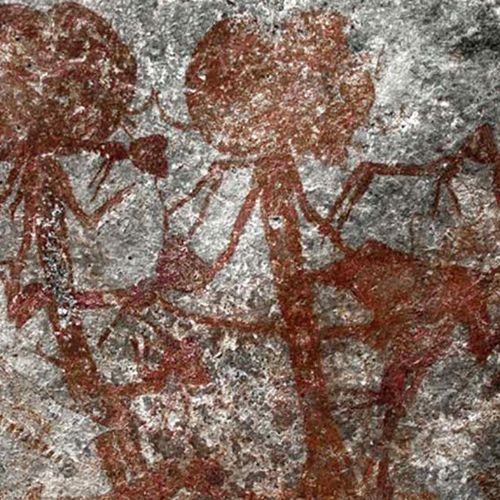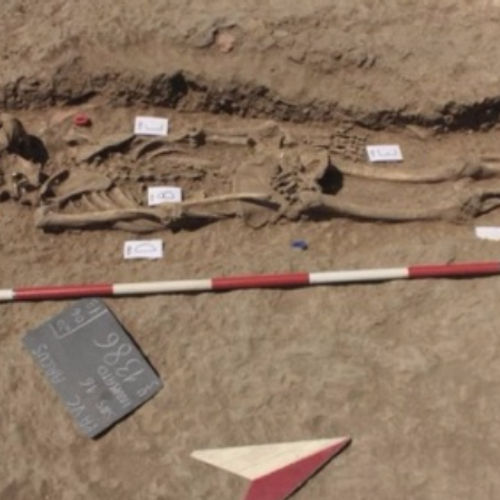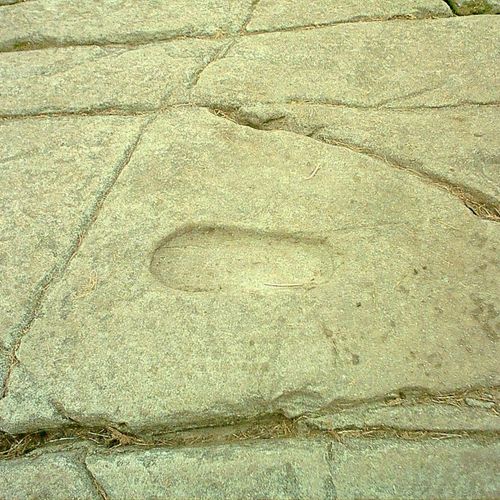
| Added | Tue, 12/12/2017 |
| Sources | |
| Феномены | |
| Version type |
Ritual (Latin ritualis – ceremonial, from Latin ritus, "solemn ceremony, cult rite") is a set of rituals accompanying a religious act, or a custom—developed or established procedure for doing something.
A rite is a set of actions of a stereotypical nature, which has a symbolic meaning. It is often characterized as a traditional human action. At the same time, it can relate to both religious beliefs and superstitions.
According to the Great Russian Encyclopedia, these words are synonymous.
Some rituals and rituals, as well as their traces, may look like something mystical. For example, some cults practice ritual murders, which the uninitiated may mistake for attacks by unknown creatures. An example of such a murder is the case that occurred in 1989 in Zimbabwe. The bodies of two mutilated girls were found there, whose genitals, tongues and parts of their entrails were seized for sale as amulets bringing happiness. Such corpses (humans or animals) found by a random witness can be mistaken for the actions of, for example, aliens.
A petrosomatoglyph is a supposed representation of human or animal body parts in a rock. They are found all over the world and often serve as an important form of symbolism used in religious and secular ceremonies such as the coronation of kings. Some of them are considered artifacts associated with saints or cultural heroes. For example, the Romans used to carve pairs of footprints on stone with the inscription pro itu et reditu — "for the way and return."They used them for protective rites when setting off on a journey and for thanksgiving for a safe return, when the traveler put his feet in the footprints to mark the beginning or end of the enterprise. The same story is told about King Maelgwn of Gwynedd in North Wales, who put his feet in the carved footprints to ensure his safe return from a pilgrimage to Rome.
Related facts
Related news
Log in or register to post comments






